Faces speak without words. Sometimes facial expressions contradict spoken words. Dialog can be at odds with what a character thinks or feels and this is tough on the writer as we’re juggling the point-of-view of the story versus the character’s individual take on the action. That little grimace before answering a question, the squint before mentioning a particular name, and sad eyes that don’t match a broad smile and happy words, add layers to all sorts of communications.
I spent some time at the Metropolitan Museum of Art checking out the facial expressions in art. The larger than life stories “told” by works of art rely on all sorts of symbolic and visual language. Dramatic facial expressions add drama, sensuality, and personality to these stories.
As I walked around focusing on faces, I began to ponder the conventions supported by the facial expressions represented by men and women. They are different. Historically, men had a wider range of expressions and the men, as depicted in art, had a wider range of characters and stories. Men are heroes, villains, leaders, soldiers, youths, saints, fathers, killers, and so much more. They snarl, laugh, lust, cringe, command, frighten, argue, demand, fear, wallow, worry, and everything in-between. Women and girls, for many centuries in Western art, seem to be simply GOOD or BAD.
The good are saints and other wholesome women, depicted with passive facial expressions. The bad, a small minority, have eyes & faces alive with expressions—all meant to communicate cautionary stories—of lust, evil, and fear. Over and over again, I noticed the passive—to the point of empty—faces of so many women in art. Even in stories featuring women in sensuous and sensual situations—even Leda seduced by the Swan (Zeus in disguise) has a “quiet” face, one that says almost nothing.
It’s interesting.
I just read a novel set in 1857 in New York and the author captured the restrictions imposed on upper class women—everything from the corsets that made it difficult to breathe, to the kind of educations that limited intellectual ambition. At a special exhibit of works by Cristobal Villalpando (a Baroque painter from Mexico) I found perfect examples of GOOD & BAD women. In one painting Eve has a quiet and adoring expression as she worships God, while her counterpart, at the bottom of the same painting, cavorts with demons and wears a frank & wanton smile!
After scouting around the museum, I was happy to rediscover a lovely portrait by Kees van Dongen, painted in the early 1900s. It was like a breath of fresh air. Starting in the late 19th/early 20th facial expressions loosened along with the corset stays!
A variety of faces…
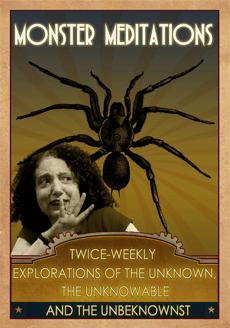



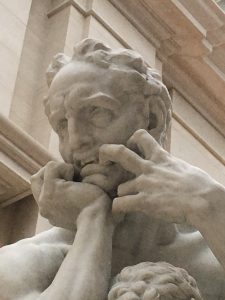
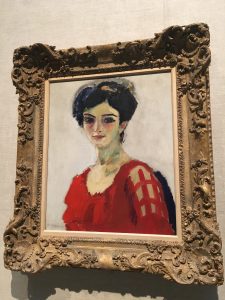
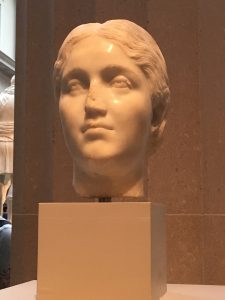
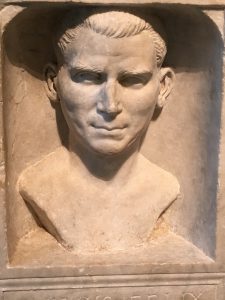
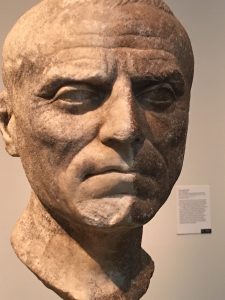
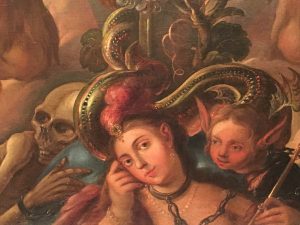

What’s that old saying? History is always written by the victors? We have always been portrayed as me saw us rather than as we saw ourselves. I think I’m turning into a feminist in my old age. :/
Never too late to become a feminist!
It was funny because I started out just looking for interesting facial expressions and wound up seeing a pattern I had not expected. Yes, it is because most of the artists were men (not all and in some cases we’ll never know about the women creating works under the names of fathers, husbands, brothers, etc. in cultures where they were not allowed to claim credit). So glad the corset stays got loosened and today we have more freedoms in many contexts. Still… there is prejudice to deal with an women must make sure we can express ALL our feelings and ideas without the editing that was once required to make us acceptable.
Gah …’portrayed as men* saw us..’